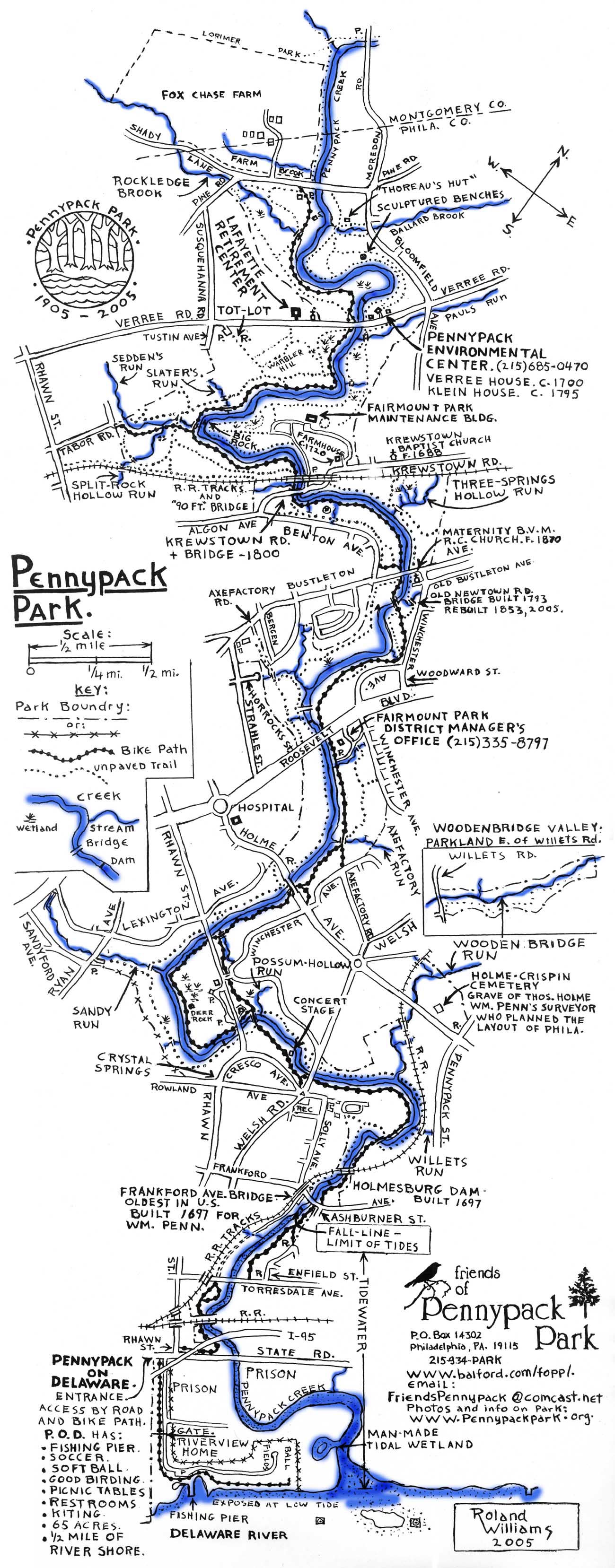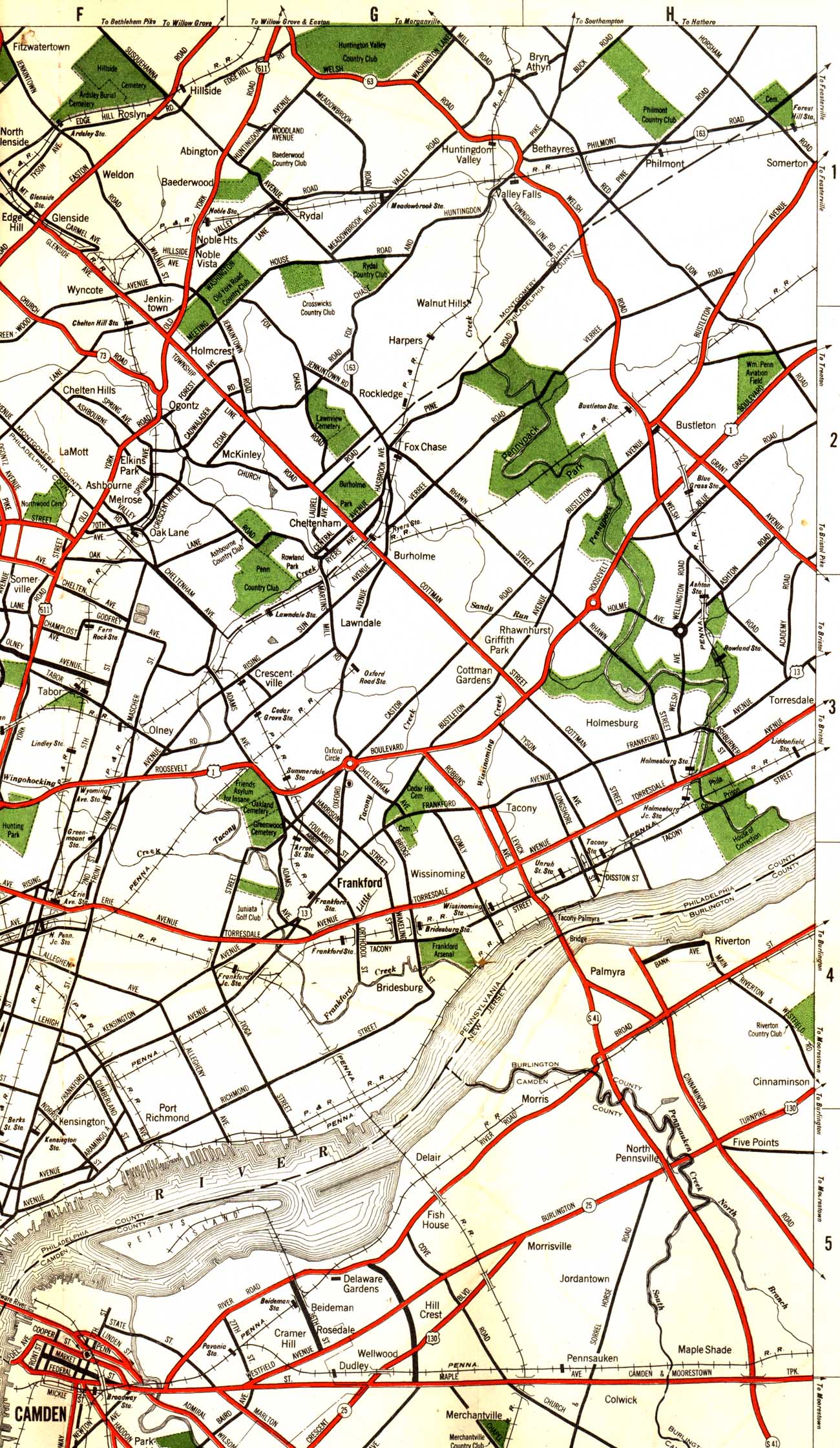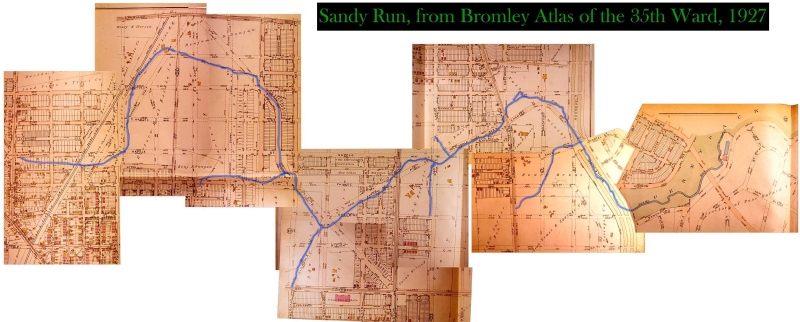With only slight edits, this post appears here as it was first published on PhillyH2o in 2006.
In March 2006 I gave a talk to the Friends of Pennypack Park (FOPP), a very active group that cares intensely about the well-being of the creek and the surrounding 1,600 acres of Philadelphia parkland. From the tone of the well-attended meeting that preceded my presentation, the group’s collective membership seems to know everything that goes on in the Park, every minute of the day or night.
The Park, created beginning in 1905, protects one of the few watersheds in Philadelphia that was not either obliterated (after the burying of the streams) or badly encroached upon. With miles of biking, hiking and equestrian trails, the Pennypack is one of the gems of the Philadelphia park system.
After my talk, FOPP member Roland Williams gave me permission to post his map of the park on this site, which you can find below. The detailed map reflects Roland’s lifelong love of the area, and I hope he doesn’t take offense at the liberty I have taken by coloring the creek and its tributaries in blue.
The day after my talk I visited Theresa Stuhlman and Rob Armstrong at the Fairmount Park Historic Resource Archives, and they gave me permission to scan and post the 1916 Report on Pennypack Park, with its beautifully rendered plan and informative text. I have also posted a piece of a road map from my own collection, and a map of the Pennypack’s largest tributary, Sandy Run, which is now mostly buried in a sewer.



